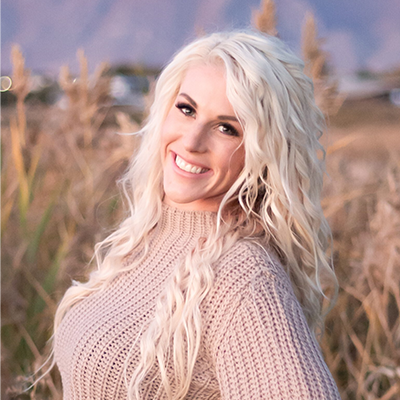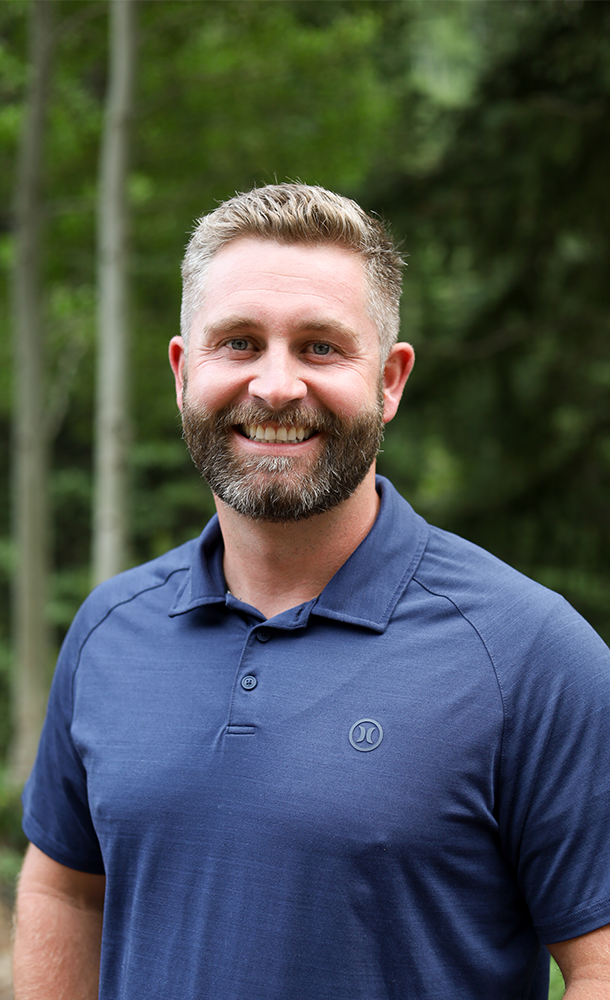For some operations in the western United States, the 2023 January-February coverage interval for Pasture, Rangeland, and Forage (PRF) insurance has been unusually wet. Those with the bulk of their coverage placed in this interval are understandably worried. And while we cannot get around the fact that these operations may owe a portion of their premium this year, rather than receiving indemnity, we hope to ease some concerns by discussing the long-term benefits of PRF coverage by highlighting a few scenarios where operations’ policies are still net positive despite a few wet intervals or even wet years.
It’s important to evaluate PRF insurance as a long-game risk management tool for your ranch, rather than a short-term “quick fix” for dry conditions. For instance, some operations receive indemnities for 17 out of 20 years of their coverage history, while for 3 of those 20 years, they owed a portion of their premium. And while those 3 years were likely frustrating, they don’t negate that the operation has received more in indemnity over 20 years than they’ve had to pay at the end of those three wet years. In other words, they still remain net positive because they had coverage. Below, we’ll dive into two real coverage scenarios to cover this “long-game” concept in a little more detail.

*Please note that any exact numbers in these scenarios have been adjusted to protect the privacy of producers insured through Redd Summit.
Example 1: The Comeback
In 2019 a rancher in southern Utah placed over 50% of his coverage across the Jan-Feb, Mar-Apr, and May-Jun intervals. That year, those intervals were completely washed out, meaning this policy did not trigger any indemnities for the year's first half. With a premium of more than $50,000, this rancher was expecting to write a check on the September 1st due date. However, rainfall was historically low during the Jul-Aug and Oct-Nov intervals, where the rancher had placed the remaining half of his coverage. These intervals not only triggered enough indemnity to pay off the rancher’s premium, but they also provided a net indemnity of nearly $6,000 to the rancher at the end of the year. So, although this policy had a rainy first half, the policyholder still ended the year by cashing a check rather than making one out.

Example 2: The Long Hauler
Now, let’s look at an example of a policyholder who did end up owing their premium. For one operation with land in Nevada and Utah, 2019 was their first year with PRF coverage, and unlike the previous example, this policyholder ended up owing more than $80,000 of their nearly $300,000 premium when the year was through. Despite this, the policyholder renewed their policy for 2020 and netted more than $1,000,000 in indemnity. This positive net pattern continued in 2021 and 2022 making this operation’s net more than $2.5 million in indemnity throughout the lifetime of their PRF policy.

Examples like the one above are not exclusive to operations with large acreage either. One of our ranchers in Wyoming owed nearly $10,000 on his premium his first year, but now his policy still has a lifetime net indemnity of more than $350,000. Another owed just over $3,000 on his premium one year but over the next three years saw net indemnities between $19,000 and $70,000 making his lifetime net indemnity well over $100,000.
The bottom line is that while you may owe a portion of your premium some years, or experience some washed-out intervals, the outcome of your PRF policy is still overwhelmingly positive when spread over several years or its lifetime. A couple of wet intervals, or even wet years, are not a reason to throw in the towel on PRF insurance. In fact, doing so could mean missing out on thousands, or even millions, of dollars over the coming years.
This is because your Redd Summit agent allocated your coverage in a way that would have historically benefitted your operation the most, or in other words, had the highest net indemnity, over the last 20 years, even considering years where you may have owed a portion of your premium.
For now, the year is young and there are still plenty of indemnities to be paid, despite this first wet interval for the west. And even if you do owe a portion of your premium at the end of this year, your odds of making that money, and then some, back next year are extremely high.
If you have any questions or concerns specific to your policy, reach out to your agent or call our office at (435) 625-1022.





.webp)




